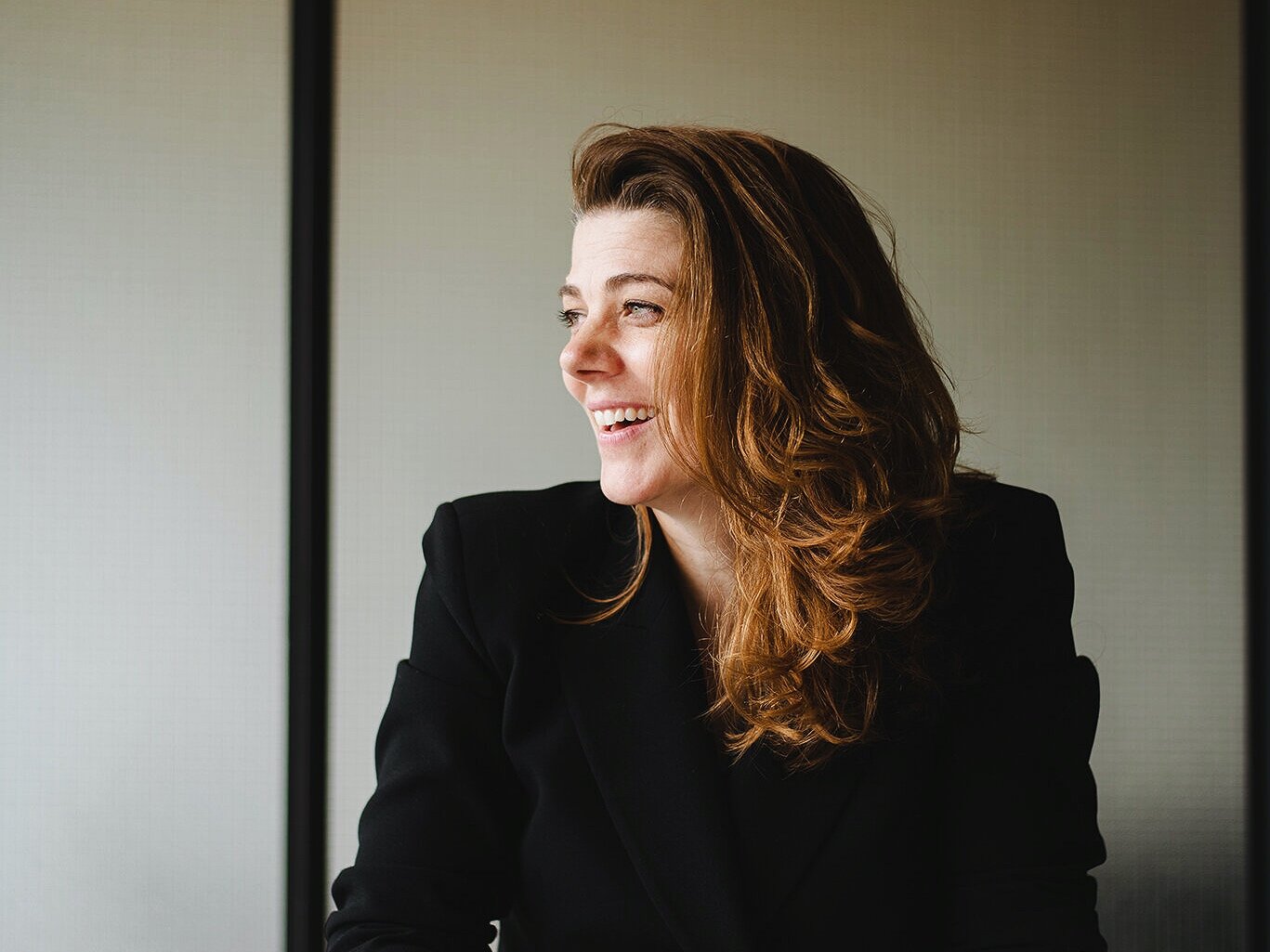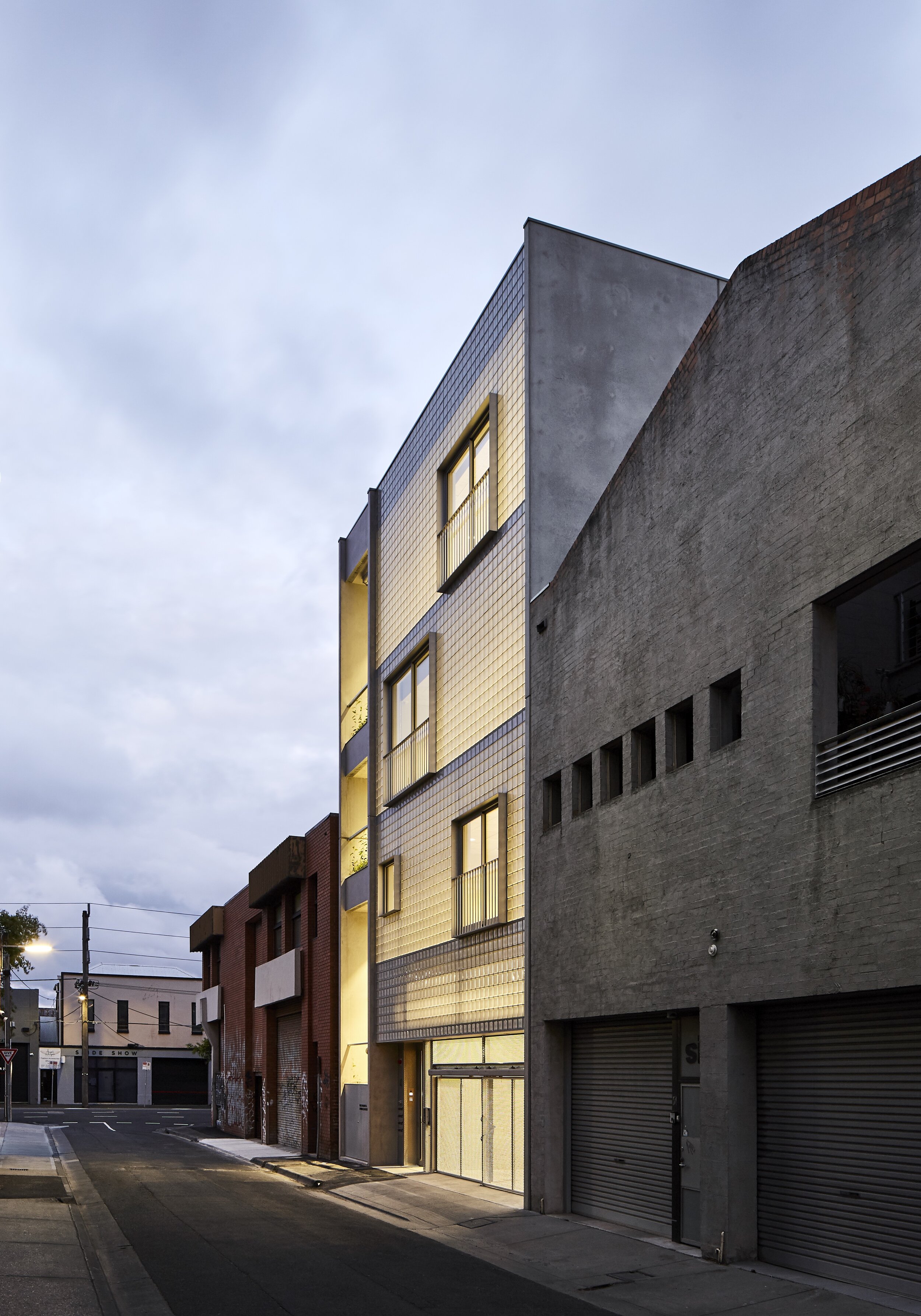Clare Cousins: Paying it forward
Architect, advocate
Interview by Janne Ryan | Photography by Yaseera Moosa, Shannon McGrath, Caitlin Mills, Tess Kelly
She’s one of the most influential architects practicing in Australia today. Purpose drives her worlds of architecture and advocacy. Good architecture, says Clare Cousins, is not about designing shiny new buildings… it’s all about people.
Why did you become an architect?
I sort of fell into it. At high school I was really into maths and science, and really interested in how things worked. And then, at the last minute of doing my university preferences, I thought of architecture, because it was like engineering, but maybe more creative.
Who encouraged you?
My father was very encouraging. He admired architecture a lot, and always said he would love to have done something as creative as architecture. When dad was a young surgeon, we lived in London and Berlin. That was a pivotal time for me, living in an apartment from age eight to 11, and catching the tube – a very different way of life, having come from Australia in the mid-eighties.
Kingston Street in Cremorne (Victoria) consolidates two adjacent brick warehouses into a co-working venture. Photo: Caitlin Mills
why did you start your own practice?
It was really a leap of faith. We started the practice in 2005. I didn’t have a big commission, just lots of micro-projects – a bathroom here, a kitchen there. There was a perception at the time that interiors were an after-thought, and that all the glory was in the architectural form-making. However, for me, it was all about the interior experience: we design buildings from the inside out.
How do clients find you?
Social media is important because it reaches so many people. But referrals are also great. A lot of our early projects came by word of mouth, because there was no social media when we first started out. But there was a kind of karma... building the relationships.
“I’m a big believer in paying it forward.”
Garden Room House. Photo: Tess Kelly
What is that karma?
I’m a big believer in paying it forward, the karma of doing a great job, particularly with houses, because that’s a very intimate process. It’s not transactional, but an emotional experience, taking people on that journey.
What’s your own home like?
We live in a small Edwardian house in inner Melbourne. It’s compact but feels spacious. We moved in when I was pregnant with our first daughter [now 12], and moved back in after a renovation when my second daughter [now 9] was two weeks old. I designed it and my husband Ben built it. I’d designed a lot of homes for families long before I had my own children, so we intuitively knew the kind of spaces we wanted. I don’t think you need to have children to design a family home well.
[Clare and Ben (a commercial builder) met while studying at RMIT, and have been together since she was 18, and he was 21. They have two daughters.]
Northcote House. Photo: Tess Kelly
YOur most important lesson?
To make sure the client is right for us; that certain parameters, like the timing and scale of a project are aligned. And also, the values and aspirations of the client. We’ve had projects in the past where we’ve realised too late that we’re not aligned, and that’s difficult.
biggest challenge?
Ensuring there is enough time to deliver projects, and staying true to why I take each project on.
Brick House in Prahran (Victoria), a cocooning addition to an Edwardian house. Photo: Shannon McGrath
What’s the role of trust?
Architecture is a long-term relationship and a service-based profession, so you’ve got to have trust. We heavily invest ourselves emotionally in these projects. Clients don’t pay us to just agree and say ‘yes’ to everything; they want us to give them guidance. And trust is critical to that.
The game-changer moment?
At university I worked on site for a builder, developing confidence to talk to trades, order materials, and looking at how things were put together. I was also sharing an office at that time with interior designer Paul Hecker [of Hecker Phelan Guthrie]. That seeded my deeper interest in interiors and a fascination with materiality and detail.
Retail point of service stations by Clare Cousins Architects in the theatre foyers of Melbourne’s heritage Performing Arts Centre. Photo: Caitlin Mills
“You’ve got to have trust.”
How did you get involved with Nightingale Housing?
Back in 2014, my husband and I invested $100,000 in Nightingale 1.0 and now we’re developing a Nightingale Evergreen, due for completion in October 2021. Nightingale Housing grew out of The Commons in Melbourne, a sustainable and affordable apartment development pioneered by Jeremy McCloud of Breathe Architecture. It struck a chord with a lot of people and won a lot of awards. There is clearly an appetite for that kind of co-operative housing, that isn’t profit-driven. It also attracted media interest in architects talking about sustainable housing and cities. This was all happening in parallel with me being National President of the Australian Institute of Architects (AIA) and Chair of its board. So that whole period really opened my mind to what we [Clare Cousins Architects] could do.
Lightbox. Photo: Tess Kelly
How has that chapter changed you?
It’s been a challenge, you know, juggling 10 balls at any one time. The AIA Presidency was time consuming, but an immense learning experience. I’m still on the Board and still sitting on various committees. It’s taught me a new way of having a broader, more far-reaching influence on things, whether it be in a project, or at Nightingale, or chairing a board.
I’ve been invited to sit on government panels that will influence city-making projects. What really excites me is to think more strategically about how architects can make significant positive change to cities. Architects need to be more vocal, like the medical and legal professions, and taken seriously by politicians, government and the media. Good architecture is all about people. It’s not about designing shiny buildings.
Muted greens and pink for Aesop Fitzroy (Victoria). Photo: Trevor Mein
“It’s not about designing shiny buildings. ”
what’s next?
As well as Nightingale, we’re doing a restaurant in Flinders Lane, Melbourne, a new apartment building, and have some irons in the fire with potential institutional work.
A render of Nightingale Evergreen by Clare Cousins Architects, from the Nightingale Housing model of sustainable, affordable urban housing.



















